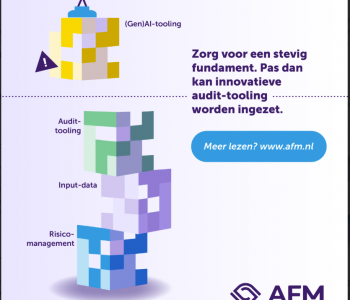12 juni 2024

1. Introduction
2. What is Memory Forensics?
The memory forensics field has always been complex, dynamic, and research-oriented. The field basically started after a DFRWS memory challenge among researchers in 2005 and by the founders of Volexity by releasing the famous Volatility framework and its foundation in 20074 en 5. Since then, stable next-generation memory collection and analysis capability has become widely available to every analyst across Windows, macOS and Linux platforms6. With memory forensic collection tools one preserves the state of a computer at the moment in time that collection takes place, simultaneously collecting relevant artifacts. The data found in volatile memory is the data that is actually executed by the processors on the system. It gives investigators insight into different data sources, including the current process tree, network activity, and artifacts from the disk itself. It allows you to understand what is currently active and what has happened (i.e., been executed) in the past.
3. Unparalleled Insight into Cyber Threats and Risky Practices


4. Comprehensive Security Assessment
5. Evidence-Based Audit Findings
6. Audit organizations for memory forensics capabilities
7. Conclusion
Robert Jan Mora

Endnotes
- 2023, https://www.scmagazine.com/perspective/heres-how-cybercriminals-bypass-edr-and-why-security-teams-need-a-defense-in-depth-approach
- 2021 An Empirical Assessment of Endpoint Detection and Response Systems against Advanced Persistent Threats Attack Vectors, https://www.mdpi.com/2624-800X/1/3/21
- NIST, NIST.IR.8428, https://www.nist.gov/publications/digital-forensics-and-incident-response-dfir-framework-operational-technology-ot
- DFRWS Memory Forensic Challenge, https://github.com/dfrws/dfrws2005-challenge
- Volatility Foundation Framework, https://volatilityfoundation.org/
- Surge and Volcano, https://www.volexity.com/products-overview/
- 2023, https://www.volexity.com/blog/2023/03/07/using-memory-analysis-to-detect-edr-nullifying-malware/







